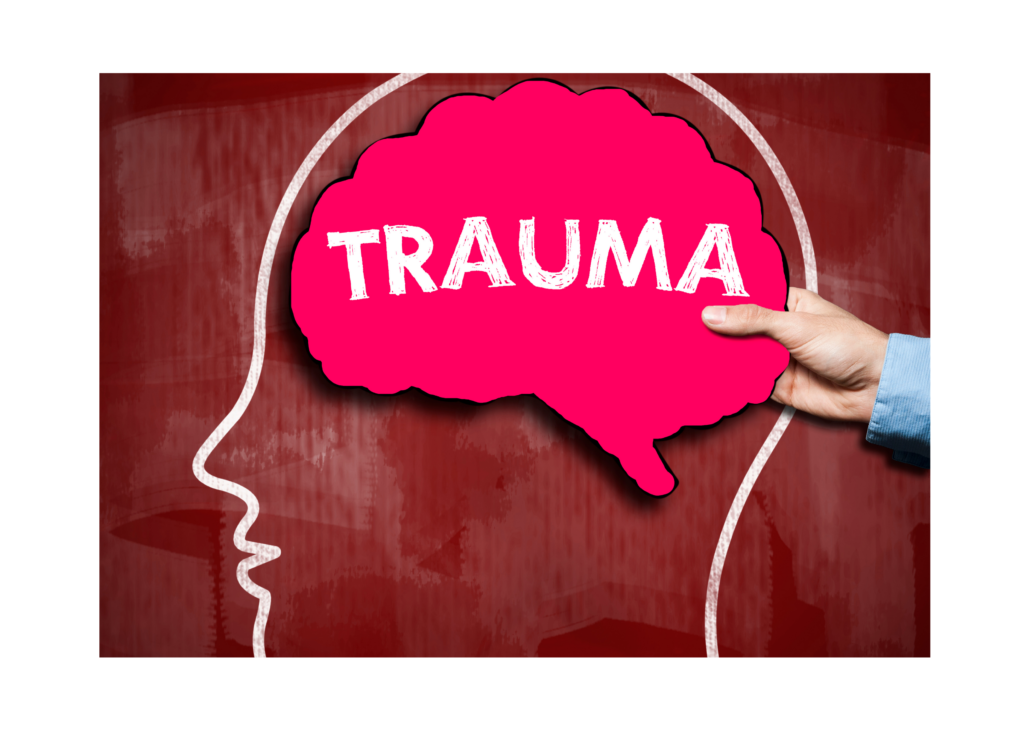Brain Integration Techniques for Trauma

Brain Integration Techniques for Trauma is a psychotherapeutical methodology indicated especially for those disorders that have their origin in traumatic memories. Examples of these disorders would be: Phobias, Fears, Anxiety, Panic Attacks, Insomnia, Depression, Pathological Grief, Guilt, etc.
Traumatic memories are those situations that we have experienced in our past and that aroused intense and unpleasant emotions, such as: humiliation, emotional, physical or sexual abuse, robbery, having witnessed abuse, death of a loved one, feeling rejected or unloved, etc.
What happens on a biological level when trauma occurs in our lives is that the dominant hemisphere (for most people the left) is deactivated and we cannot use its resources and skills to overcome the situation that the trauma produced. This deactivation of the left hemisphere can be observed easily in this kind of comments; “I know that I shouldn’t be afraid to go to a shopping center, I know that nothing bad can happen to me there, but I can’t help feeling a pressure in my chest and a horrible irrational fear just thinking about going to one”.
These words are only indicating that every time this person goes or thinks about going to a shopping center, his brain associates this situation with a traumatic memory. When this association is done the brain does the same thing it did when it experience the trauma that caused the problem, the left hemisphere is deactivated and only the right hemisphere is available. Result: irrational fear every time he enters a mall. In the right hemisphere the memory of traumas are stored and to overcome the traumatic memories of our past and thus overcome our current trauma related problems: anxiety, insomnia, etc.
We use the Brain Integration Techniques to generate hemispheric integration that allows us correcting our cognitive distortions and irrational emotions or fears. Brain Integration Techniques produce profound cognitive restructurations. The changes are maintained over time and the emotional disorder does not reappear.